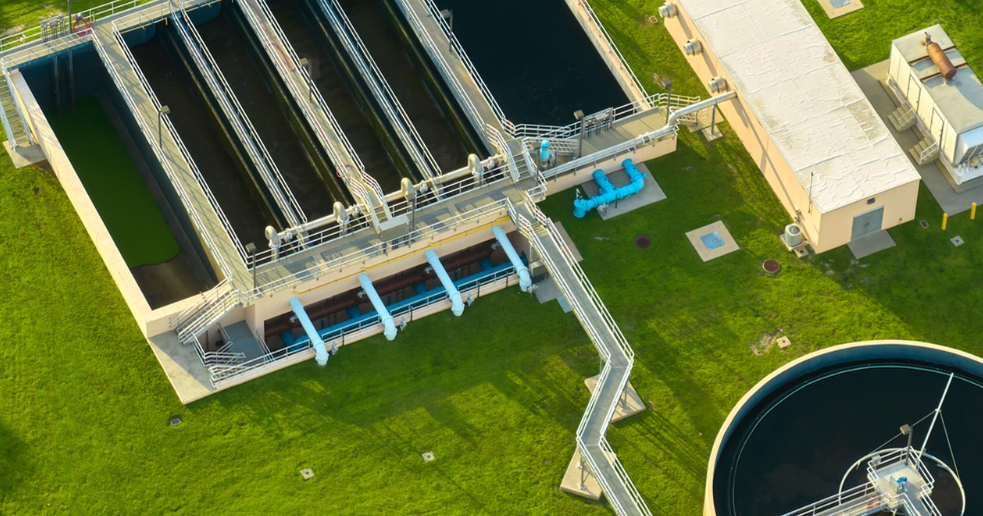Biochemical sewage, generated from municipal wastewater treatment plants, food processing, livestock farming, and chemical industries, often emits pungent odors caused by ammonia, hydrogen sulfide, volatile organic compounds (VOCs), and other harmful substances. These odors not only pollute the surrounding environment but also threaten human health and quality of life. In this context, biochemical sewage deodorant (also known as odor control agent or smell removal agent) has emerged as an eco-friendly and efficient tool for tackling sewage odor issues. This article explores the core types, working mechanisms, applications, and advantages of this deodorant, with a focus on industrial deodorant and wastewater deodorant in sustainable odor management.
Core Types of Biochemical Sewage Deodorant
To adapt to diverse sewage compositions and odor characteristics, deodorant formulations for biochemical sewage are mainly categorized into three types:
1. Microbial Deodorants: Composed of beneficial microorganisms (such as bacteria, fungi, and actinomycetes), these deodorants break down odor-causing substances through biological metabolism. They are widely used in livestock farming and municipal sewage treatment due to their environmental friendliness.
2. Enzymatic Deodorants: Containing specific enzymes (like protease, lipase, and oxidase), these odor control agent products accelerate the decomposition of organic odor molecules into non-odorous substances. They are suitable for food processing and pharmaceutical industry sewage with high organic content.
3. Plant Extract Deodorants: Made from natural plant extracts (such as tea tree oil, citrus extract, and mint oil), these smell removal agent options neutralize odors through physical adsorption and chemical reactions. They are favored for their non-toxic and biodegradable properties.

Working Mechanisms of Biochemical Sewage Deodorant
Wastewater deodorant achieves efficient remove odor effects through three core biological and physical-chemical mechanisms:
1. Biological Degradation: Microbial and enzymatic deodorants use microorganisms or enzymes to decompose complex odor-causing compounds (e.g., ammonia, hydrogen sulfide) into harmless substances like water, carbon dioxide, and inorganic salts, eliminating odors at the source.
2. Odor Neutralization: Plant extract deodorants react chemically with odor molecules to change their molecular structure, converting them into non-volatile, odorless compounds that no longer emit unpleasant smells.
3. Adsorption and Covering: Some industrial deodorant products use porous materials (e.g., activated carbon, plant fibers) to physically adsorb odor molecules. They also release natural fragrances to gently cover residual odors without causing secondary pollution.
Applications and Advantages of Biochemical Sewage Deodorant
As a key deodorant for industrial and municipal sewage treatment, biochemical sewage deodorant offers extensive applications and prominent advantages:
-Broad Application Scope: It is widely used in municipal wastewater treatment plants, food processing factories, livestock farms, garbage disposal sites, and chemical plants. It effectively treats odors from various biochemical sewage, including high-concentration organic sewage and ammonia-containing wastewater.
-Eco-Friendly and Safe: Unlike chemical deodorants that may cause secondary pollution, biochemical deodorants are made from natural or biological ingredients. They are non-toxic, non-irritating, and harmless to humans, animals, and the environment.
-Efficient and Long-Lasting: Advanced wastewater deodorant achieves an odor removal rate of over 95% in a short time. It also forms a long-acting protective layer in sewage, preventing odor regeneration.
-Cost-Effective: These deodorants require simple dosing equipment and low operational costs. They can be directly added to sewage without complex pretreatment, reducing the overall cost for enterprises and institutions.
Conclusion
With the increasing emphasis on environmental protection and public health, the demand for efficient and eco-friendly odor control solutions is growing rapidly. Biochemical sewage deodorant, as a core odor control agent and smell removal agent, plays an irreplaceable role in solving biochemical sewage odor problems. By selecting the appropriate industrial deodorant and optimizing its application, industries can not only comply with environmental regulations but also improve the surrounding ecological environment. Future advancements in deodorant technology will focus on higher efficiency, broader applicability, and more natural formulations, further enhancing its value in sustainable odor management.
As a professional chemicals manufacturer in the water treatment Industry, Sanmei have helped more than 5,000 plants with process solutions and helped them improve production efficiency, reduce costs, and optimize profit plans. Our main goal is to assist you in optimizing production efficiency and profitability in a sustainable way. Welcome to consult us and get a free wastewater treatment solution by filling in the form below or email to brian@san-mei.com.











